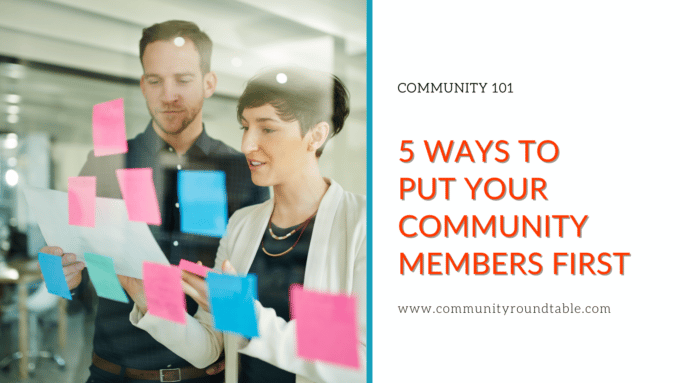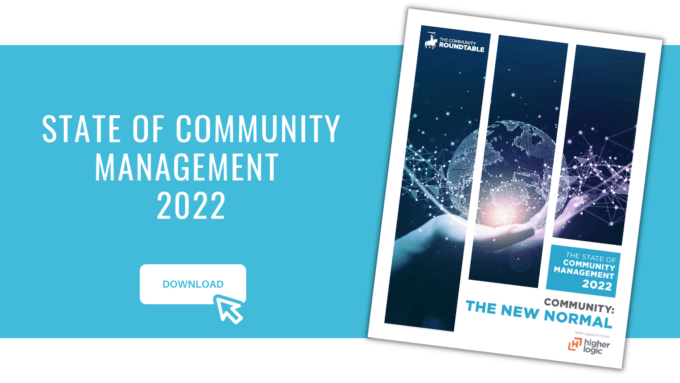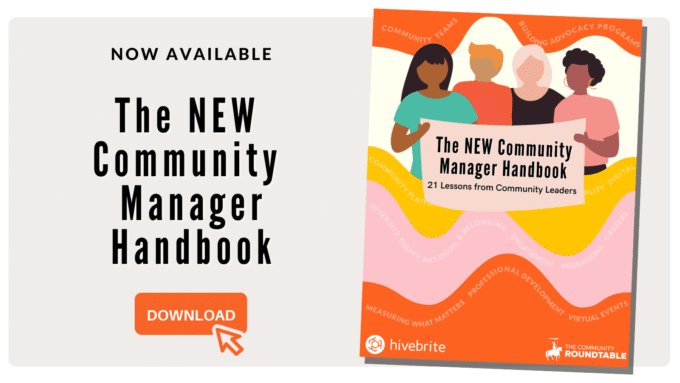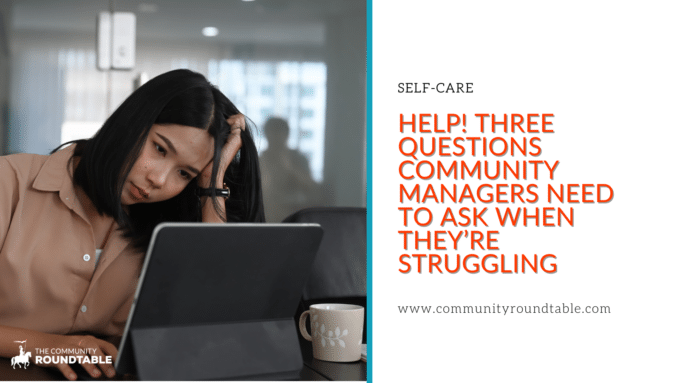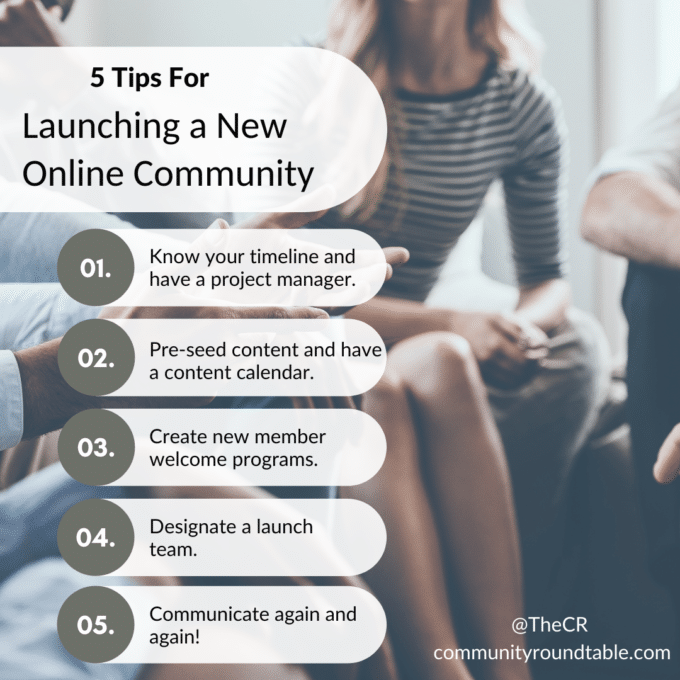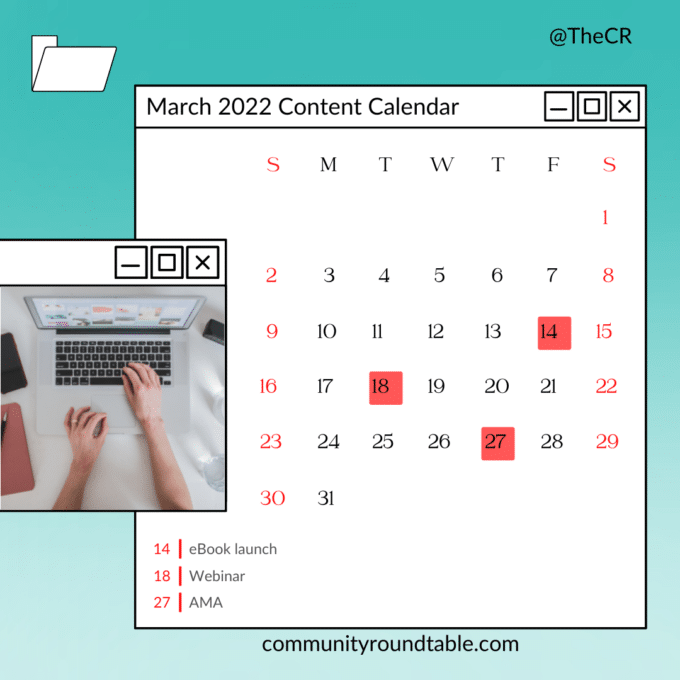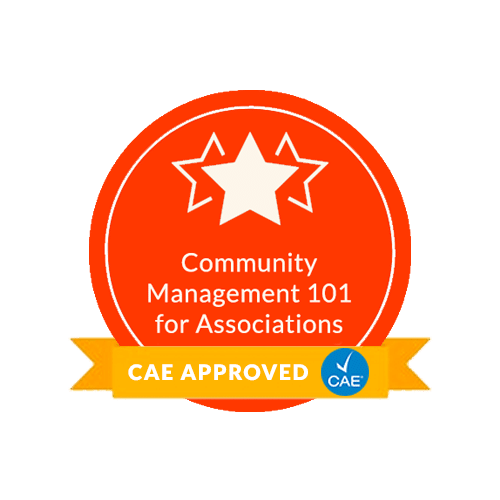In light of recent layoffs in our industry, it’s hard to ignore how it impacts our communities and business outcomes. How do you say goodbye to the community you’re leaving behind? How do you advance in your career? How do you navigate the job market? These are some questions we’d like to have a meaningful conversation about and learn from each other because they affect our meaningful work.
So come join us in a discussion panel-style roundtable call with Amanda Petersen, Shannon Emery, and Meghan Bates.
